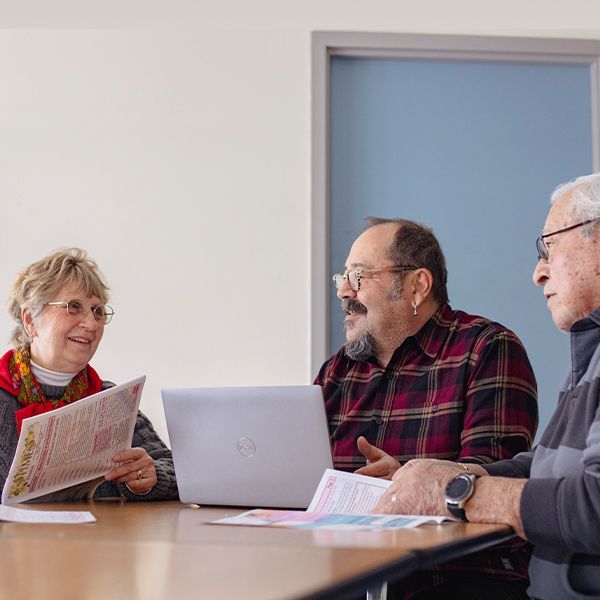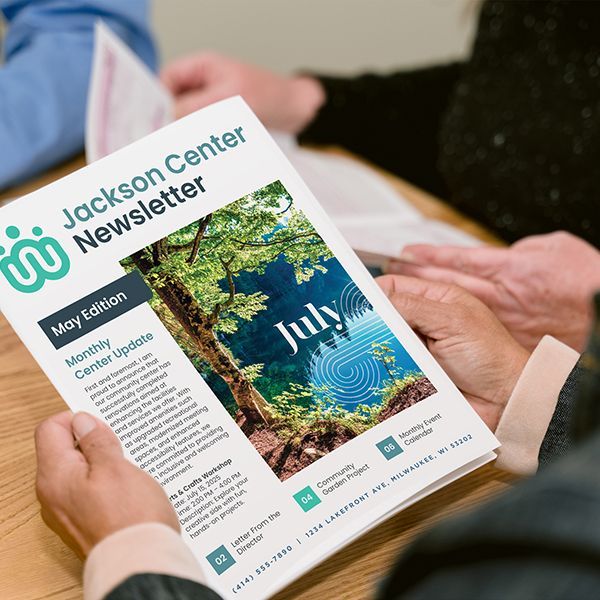Learn More About On-Page SEO

In the first part of our series on search engine optimization (SEO), we covered what SEO is and then shared a broad overview of its different components. While much of the optimization process is a bit too technical for the average marketer, you can take steps to attract more site visitors by enhancing your on-page SEO. And that’s what we’ll be tackling today.
What Is On-Page SEO?
On-page SEO is a phrase used to describe changes you can make right on the website to improve its position in the search rankings. Many of the ranking signals that Google prioritizes are considered to be on-page SEO. While there is much speculation about what does and doesn’t improve rankings, content is one factor that Google repeatedly says is important.
Fortunately, this is an area that can be influenced by those involved with marketing and promoting an organization. By learning more about on-page SEO, you’ll be able to create the quality content that search engines are looking for.
Creating SEO-Optimized Content
It’s no secret that Google is very tight-lipped about much of their ranking process. But reliable SEO experts say the following elements are important to helping your website increase and maintain good visibility:
- Use well-researched key phrases: Keywords have gotten a bad rap over the years. Some people go as far as to say they aren’t even important. In reality, incorporating relevant keywords and phrases will likely always play a role in on-page SEO. That doesn’t mean stuffing keywords into every other sentence. It does mean incorporating them in a manner that maintains the visitor experience. Using synonyms can also help improve SEO without being repetitive.
- Make it friendly on the eyes: Google and other search engines want to make sure their results page delivers content that matches the intent of the query. Not only that, the website must also provide an experience that is visually appealing and easy on the eyes. You’ve likely found yourself on a website before that seemed to have good content but was so disorganized and tough to read that you just hopped off. That means you should pay attention to details such as:
- Maintaining adequate white space so the eye isn’t overwhelmed by big blocks of copy.
- Using photos and other visual images to break up copy. Subheads help with this, too, while also supporting keywords.
- Choosing font styles and sizes that ensure a positive visual experience. If your primary website target is older adults, you’ll want to have a large font option that’s easy to find and utilize.
- Making the website easy to navigate. When visitors can’t find the information they are seeking quickly, they’ll likely leave the site.
If you need help with your design, WeConnect is an easy-to-use, powerful platform to make your organization’s website a breeze to keep updated. We also have a team of designers available to help you get started!
- Create engaging, relevant titles: Too many times, writers and web developers spend considerable effort developing great content, but then throw up a title that is just plain bland. Many of your visitors decide whether or not to click through to your site based on the title and accompanying description on the search engine results page (SERP). Make sure your titles are both interesting and relevant to the actual content. Don’t forget to include keywords.
- Don’t skip meta descriptions: Just as good titles are important, so are meta descriptions. While the snippets on Google’s and other search engines’ results pages don’t always use your copy word for word, well-crafted meta descriptions do get their attention. This information from the Google Search Console can help you learn more.
- Use internal links: When you have a website for a business or other organization, your inbox often fills up with messages from people trying to convince you to hire them to build external links. While incoming links from trustworthy sites are helpful, don’t overlook internal linking opportunities. They help keep visitors on your site longer and show off the depth of your organization’s knowledge and expertise.
- Include alt text for visual images: Finally, don’t neglect this detail. Alt text stands for alternative text. It allows visually impaired people to understand what is being shown in the image while also helping search engine bots understand the image contents. Alt text will also appear on a page when the image is slow to load or fails to load completely. After you carefully select visual images for your web pages or blog posts, make sure to add alt text for each one.
One last suggestion is to explore what goes into developing quality content. It’s one of the most important steps you can take in your SEO strategy.
Digital Content That Connects With Older Readers is a good article to help you get started!




